Roman Baths in Bath, England – Famous Roman Spa Complex Built On Natural Thermal Spring
The Roman Baths is a historic site in Bath, England that was once used as a public bathing complex for the Romans. It was completed in around 76AD, and is still being fed by natural spring waters today. I got to check out this famous tourist attraction in Bath during my day tour from London with the awesome Evan Evans Tours.
Victorian Reception Hall
Our first stop was a beautiful Victorian reception hall that had a domed ivory ceiling covered with many pretty carvings.
I collected a free audio guide from the counter, though I doubted I would have time to use it.
If you’re interested, there are free public guided tours that starts every hour from 10am onwards. I didn’t join the tour as I usually prefer exploring museums at my own pace.
Terrace
After going through the reception hall, the first place we visited was the Terrace, which overlooks the Great Bath below.
The Terrace is lined with Victorian statues that were built during the late 19th century, after the Roman Baths were discovered by archaeologists.
Therefore, we saw statues of both famous Britain governors and Roman emperors.
This is the only section of the complex that is located on the “Upper Level”, which is actually the street level.
This is because after the Roman Baths fell into ruins, other buildings were built over it in the ensuing centuries.
Therefore, much of the Roman Baths today are actually located 4 metres beneath the Bath streets and buildings.
We took plenty of pretty photos at the Terrace because it is an outdoor area with plenty of sunlight. Once we entered the complex below it became quite dark. We also enjoyed good views of the Great Bath from the Terrace.
Meet the Romans
From the Terrace, the wife and I went downstairs into the actual Roman Baths.
The first exhibition we saw was Meet the Romans, which showcases the life of ancient Romans who lived in “Aquae Sulis”, the town that developed around the Roman Baths.
I saw dioramas of the baths and temple, and some film projections.
There were also some ancient coins on display. These were thrown as offerings into the Sacred Spring. I guess this practice has survived till today.
While walking to the next area, we saw a sign indicating the respective sections of the entire museum, which was quite helpful.
Temple Pediment
Next, we saw the Temple Pediment. This is the surviving portion of a Roman temple that was built around the hot spring.
Ancient Romans visited the temple to worship the statue of Sulis Minerva, who was the local goddess of the thermal springs.
I viewed the Temple Pediment from amphitheatre style seats. In the centre of the pediment was the mythical Gorgon’s Head, a symbol of the goddess Sulis Minerva.
The pediment was obviously missing many pieces. However, an animation showed how the pediment would have looked like in its original state.
I found the animation quite interesting. It revealed two beautiful angels holding on to a circular border around the Gorgon’s Head.
From the information board, I got an idea of what the Temple Pediment would have looked like at the top of the temple facade.
People of Aquae Sulis
The next section of the Roman Baths was an exhibition titled People of Aquae Sulis.
I saw some interesting exhibits, including a stone tomb displayed beneath a glass floor, and a pretty mosaic floor decorated with figures of seahorses. Apparently, mosaic floors with sea beasts were popular designs in bathing houses.
Temple Courtyard
Soon, we reached the Temple Courtyard. This was a sacred area where Roman worshippers gathered to pray.
I walked along the suspended metal bridge above the courtyard, which basically consisted of large stone blocks and structures.
To be honest, it was pretty hard to imagine what the temple courtyard looked like by looking at these ruins.
Luckily, there was a huge screen displaying a digital animated reconstruction of the courtyard, which definitely gave me a much better idea of what this sacred area once looked like.
I also came across the gilt bronze head of the goddess Sulis Minerva, which is one of the most famous relics from Roman Britain.
This bronze head was probably part of a complete bronze statue that stood within the temple, looking out across to the Temple Courtyard.
Sacred Spring
We went outdoors for a while to walk along the Sacred Spring, which was located within the Temple Courtyard.
This is the source of spring water in the Roman Baths! 1.17 million litres of natural thermal water have been rising here daily for the past few thousand years. From here, the water is supplied to the rest of the Roman Baths.
The area was enclosed and I could only take photos from the perimeter. The two “arches” in the pictures above (with people looking out) are part of the original Roman Spring Building constructed around the spring.
During the Middles Ages, the Roman Spring Building collapsed and was replaced by the new Kings Bath, which lasted until the 20th century.
From the information board, I learned that the ledge around the Sacred Spring is all that remains of the Kings Bath today. The orange stains marks the former water level of the Kings Bath.
Spring Overflow
Next, we went to the Spring Overflow, a drain structure that carries extra water from the Sacred Spring to the Roman drain, and then on to the River Avon.
I was impressed to learn that the drainage system built almost 2000 years ago is still largely functioning today! This is a testament to the ingenuity of the Roman engineers.
East Baths
Our next destination was the East Baths, which was the bathing area reserved for women. The pictures above are reconstructed images of the respective rooms in the East Baths during Roman times.
First, I saw the Apodyterium (Changing Room), where had realistic projections showing Roman ladies changing before going into the baths. I thought the projections were really cool.
Next I visited the Caldarium (Hot Room), which was something like a sauna. Over here, the Romans could also get massages, scrape their skin, eat snacks, and even get their armpits plucked!
Once again, there were projections showing Roman ladies enjoying their spa sessions. I felt a little weird looking at them and quickly moved on to the next room.
I came across the Balneum (Immersion Pool), which was a cold plunge pool for people to cool down after their hot baths.
The pool was really small and I wondered how it could have possibly fitted all the Roman ladies coming to this public bathing house.
Finally, we visited the Natatio (Swimming Bath), which was a large cool swimming pool. Unfortunately the site was under renovation.
Great Bath
From the East Baths, we went outdoors again to check out the centrepiece of the Roman Baths: the Great Bath.
This large bath is filled with hot spring water. It was once part of an enclosed massive room with a soaring 20-metres vaulted ceiling.
The water had a shimmering green colour, which I learned was due to algae growing in the water under the sunlight. The Great Bath was definitely much clearer when it was indoors!
I was amused to see costumed characters roaming around the Great Bath, including a street merchant, a Roman soldier, and a Roman lady.
According to the Roman Baths website, these characters are based on real ancient Romans whose stories have been recreated from evidence found at the Roman Baths.
I saw a pretty “Roman lady” sitting on a fur covered bench, and decided to ask for a photo with her.
After asking the question, I was fully expecting to be admonished by her because initially she had a rather fierce expression.
Therefore, I was pleasantly surprised when she replied with a smile, “Of course!”
These costumed characters can be seen around the Great Bath from 10am to 5pm daily.
West Baths
Next, we went to the West Baths, the bathing area reserved for men.
Over here, I saw the cold circular plunge pool, which is only about 1.6 metres deep. This was the only pool I saw in the Roman Baths that had relatively clear water, and I saw plenty of coins inside.
I saw digital projections of Roman bathers on the walls, which were pretty cool. And I found it funny that one of the digital bathers was actually shivering from the cold.
I also saw a heated room here, which was significantly bigger than the ones in the East Baths. It was interesting to read the information board and learn about how the room was heated.
Basically, fire was used to produce hot air which was then circulated beneath the floor of the room. This was known as the hypocaust system.
Spa Water Fountain
Our last stop was the Spa Water Fountain! This is a water dispenser where visitors can get to drink the mineral-rich spring water of the Roman Baths.
Apparently, drinking spa water is supposed to have some good health benefits.
The wife wasn’t too keen to try the water, so I had to pick up the gauntlet. I drank a sip of the spring water from a paper cup.
Not surprisingly, the water was quite warm. However, it had a strong metallic taste that wasn’t very pleasant. I probably won’t be drinking the Roman Baths water again.
Returning The Audio Guide
The wife and I were walking to the exit when my audio guide suddenly started beeping with a high frequency sound.
I quickly realised it was because I had walked past the audio guides return point. It was slightly embarrassing, so remember not to make the same mistake as me!
Map of Roman Baths
Conclusion
On the whole, I enjoyed exploring the Roman Baths, and spent about 1.5 hours here. And I was grateful that the wife was nice enough to accompany her museum buff husband, who was somehow fascinated by an ancient spa complex that basically consisted of many decrepit chambers and structures. Our tour agency was Evan Evans Tours, which I highly recommend for their good service and convenience.
Roman Baths
Address: Stall St, Bath BA1 1LZ, UK
Opening Hours: Daily 9am to 9pm
Phone: +44 1225 477785
Website: www.romanbaths.co.uk

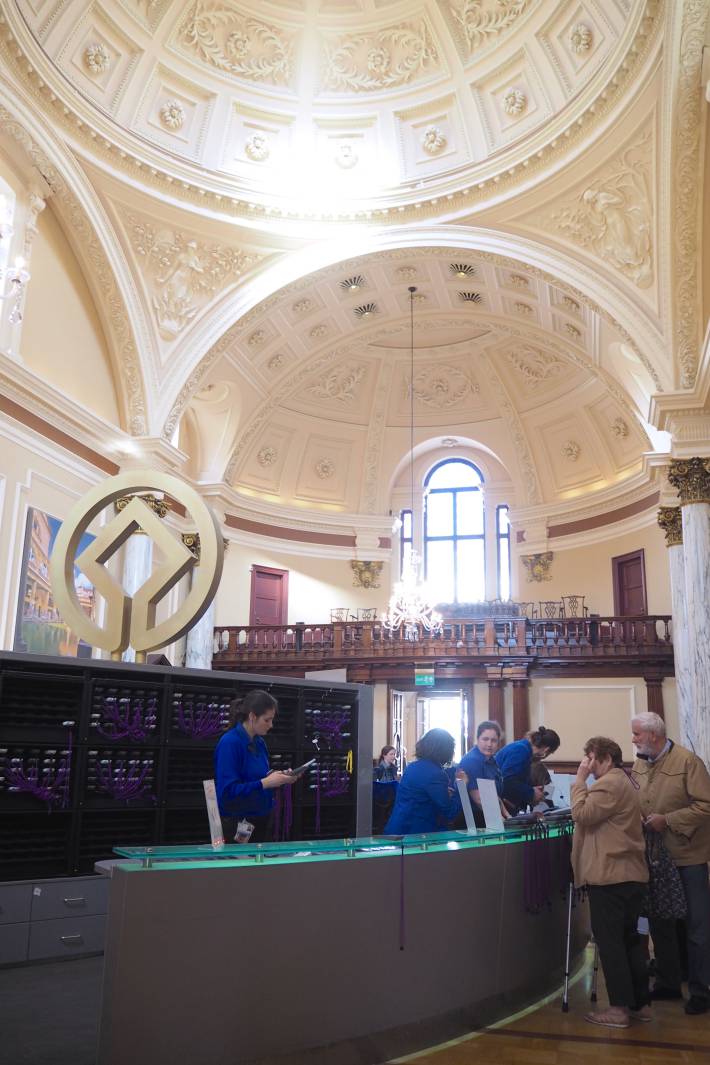
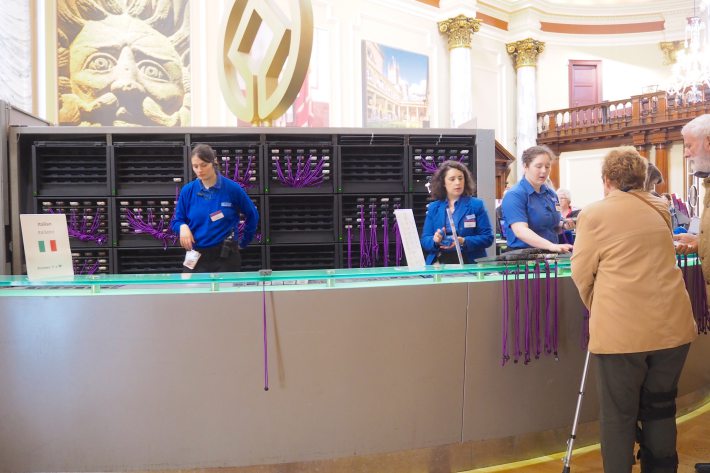
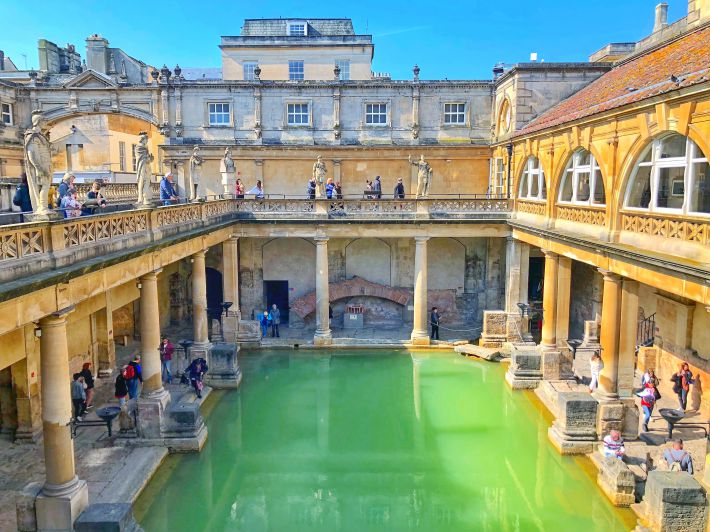
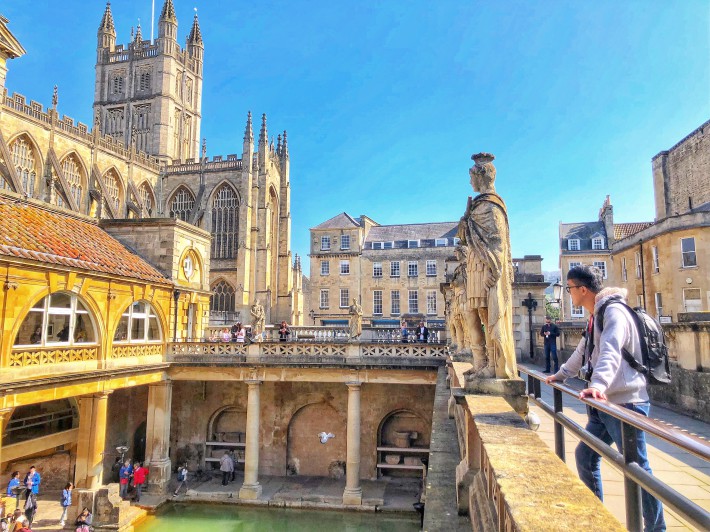
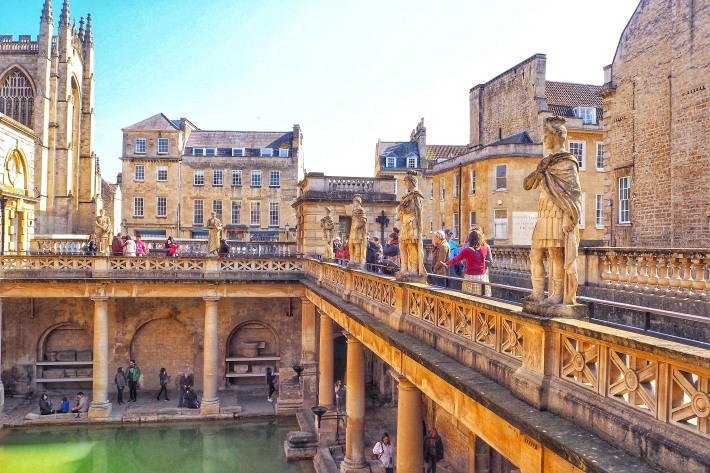
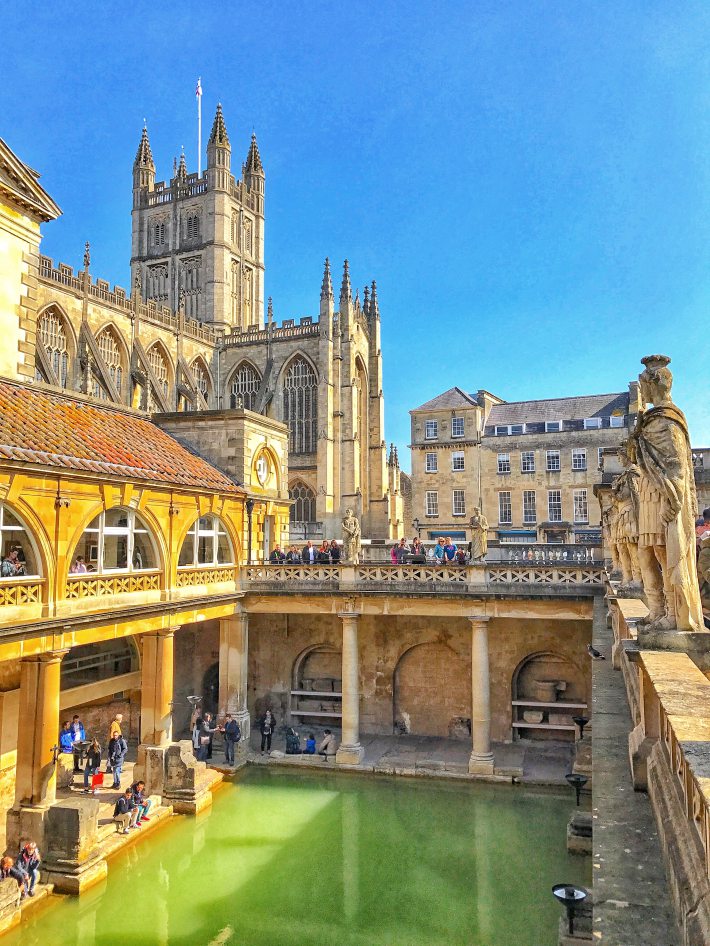
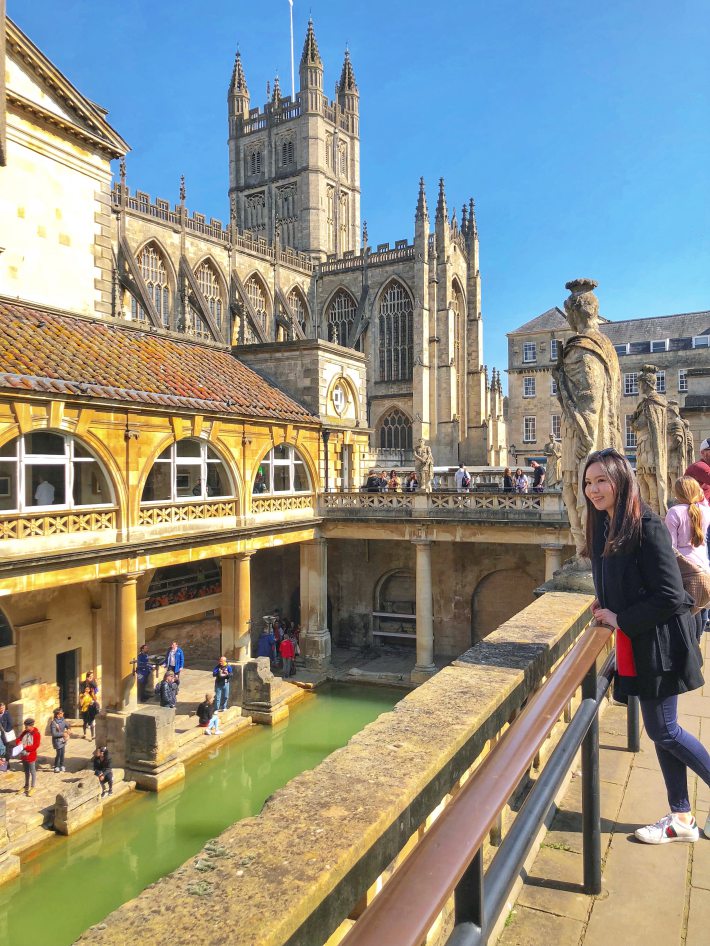
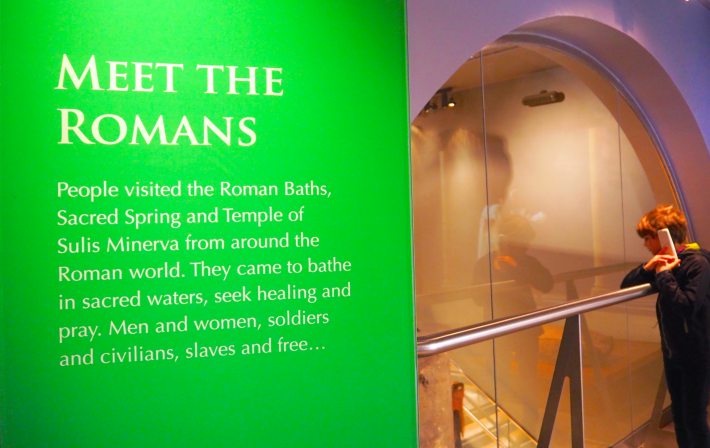
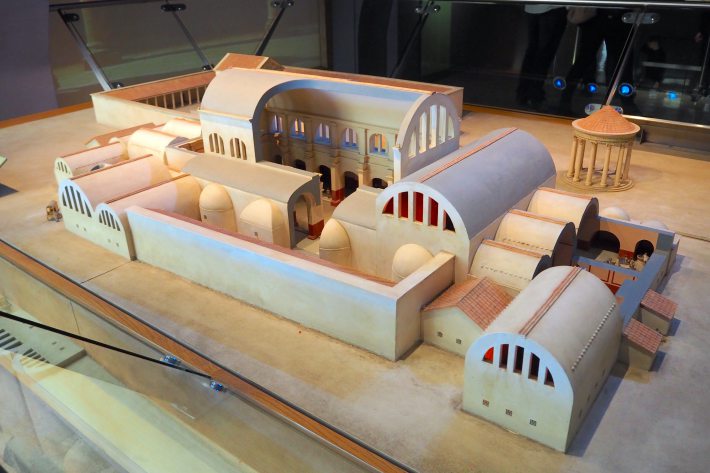
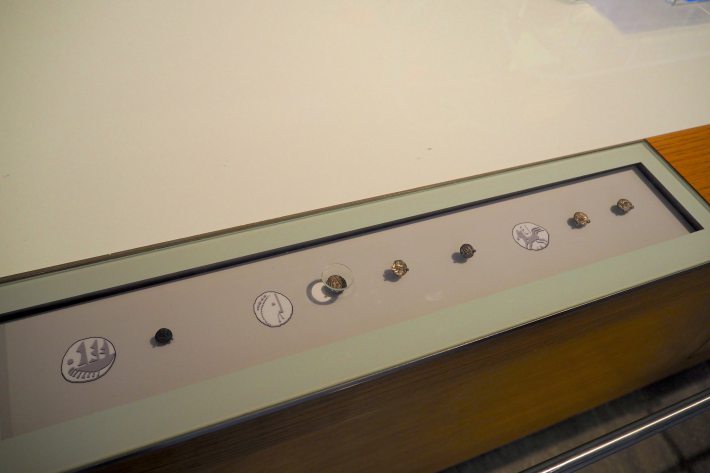
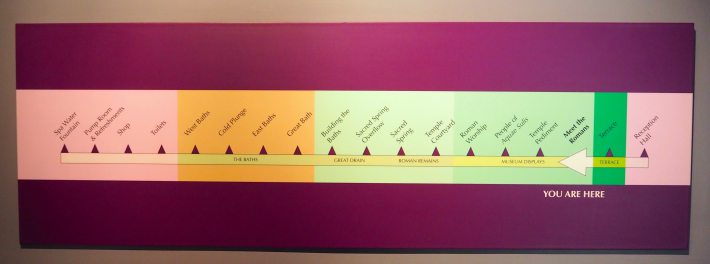
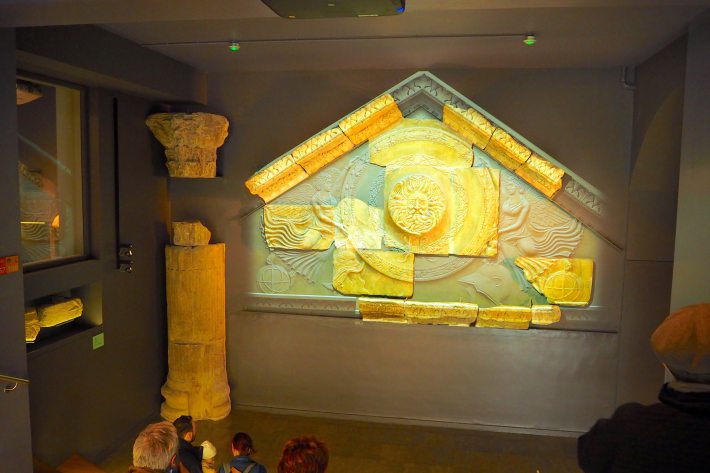
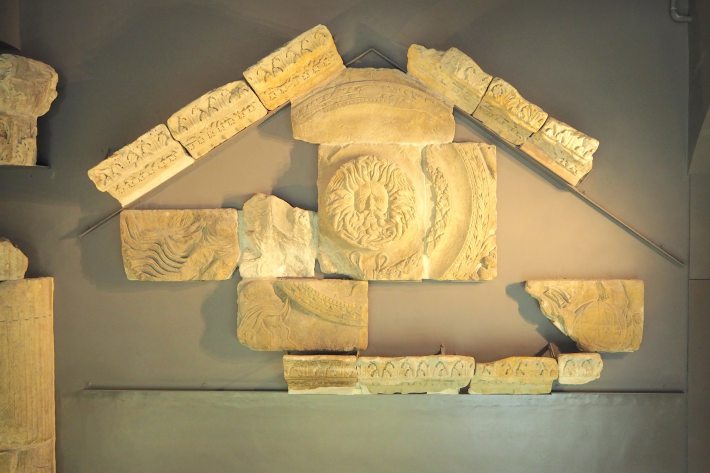
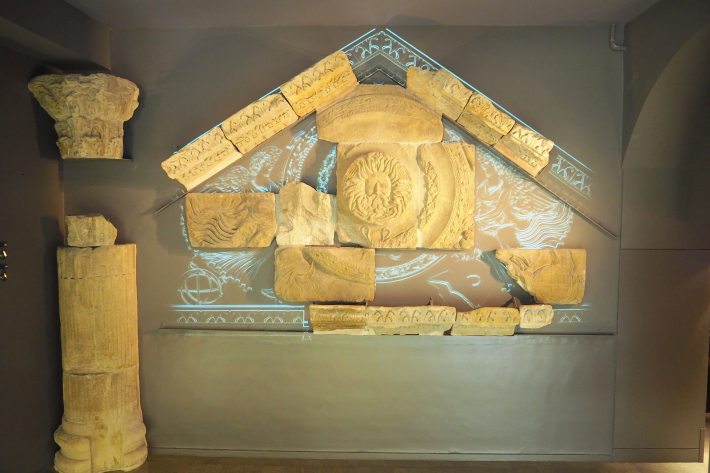
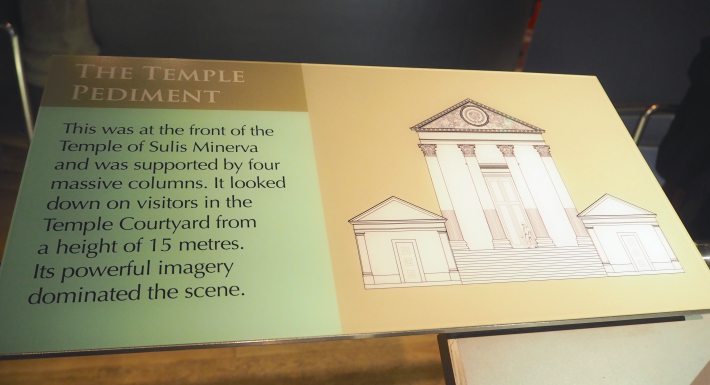
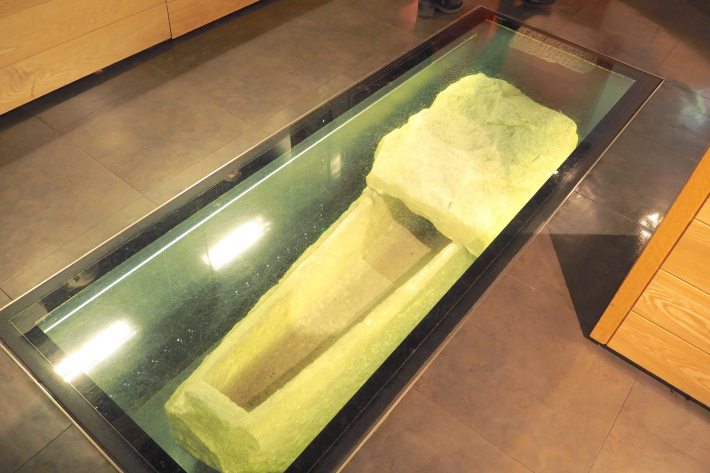
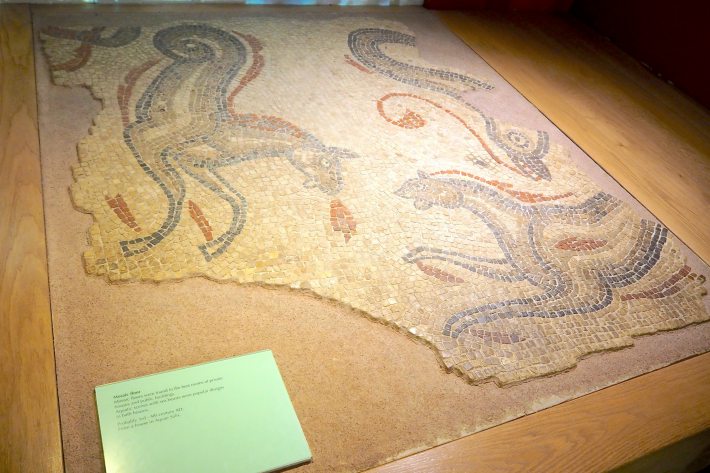
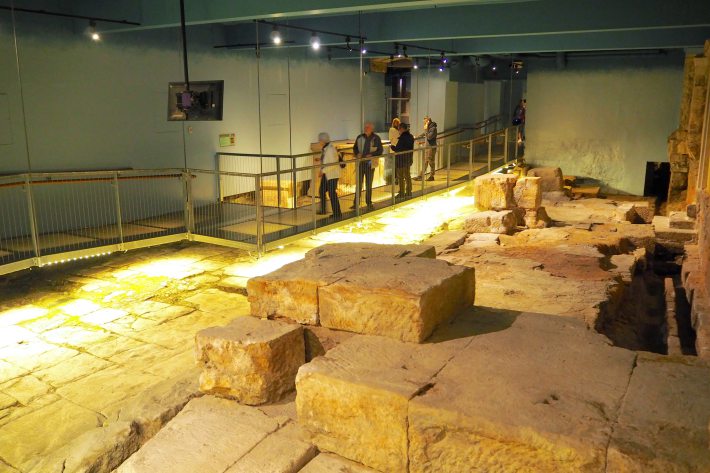
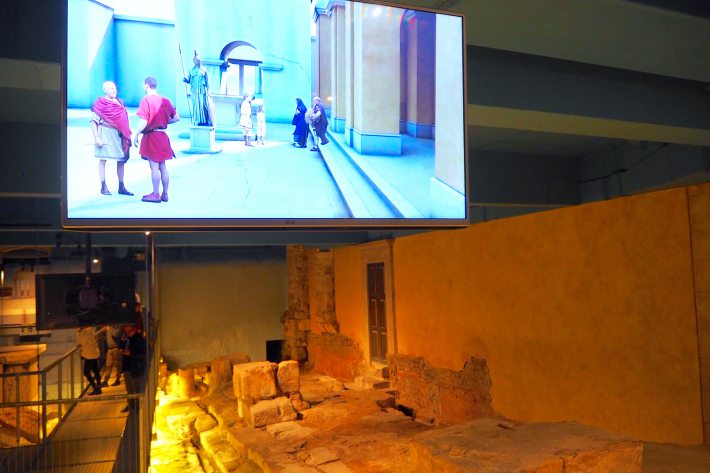
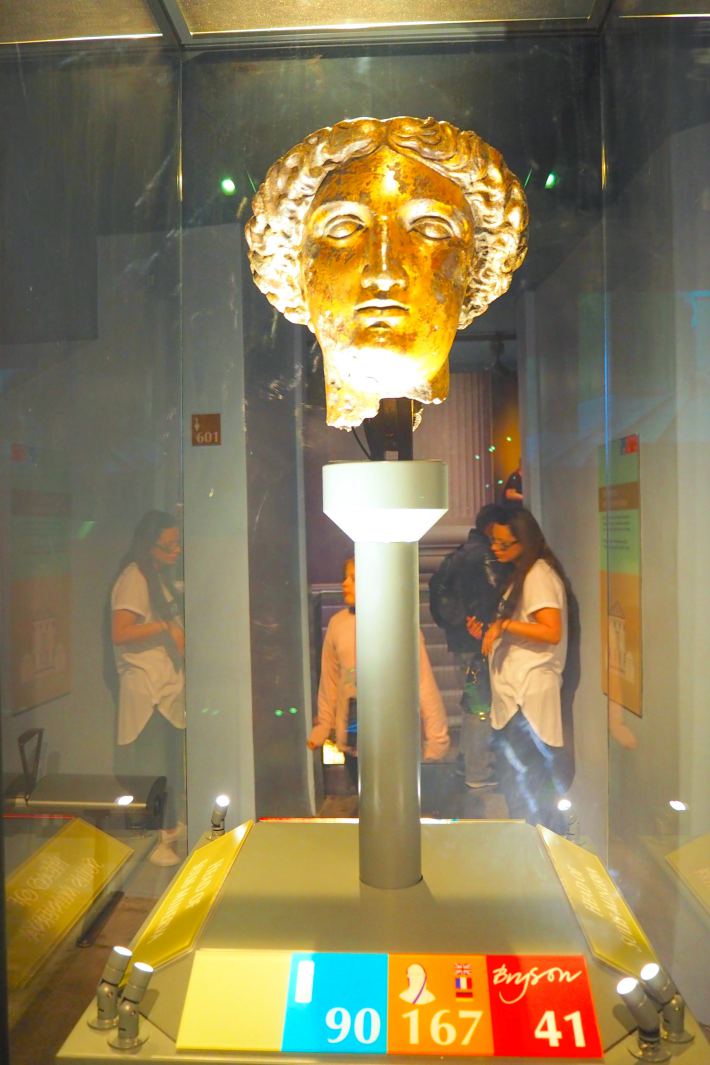
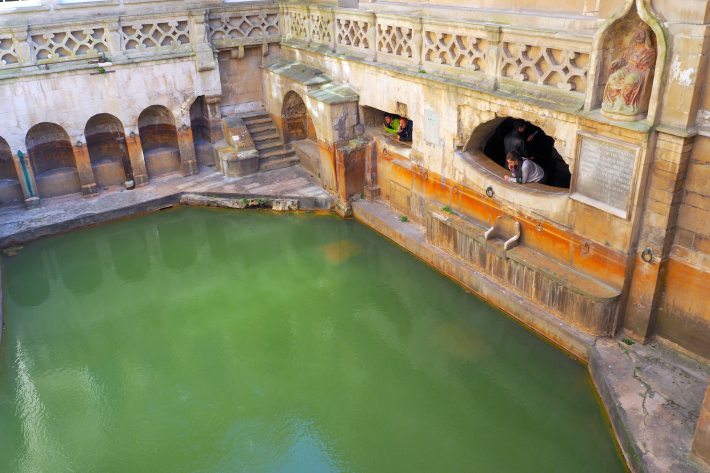
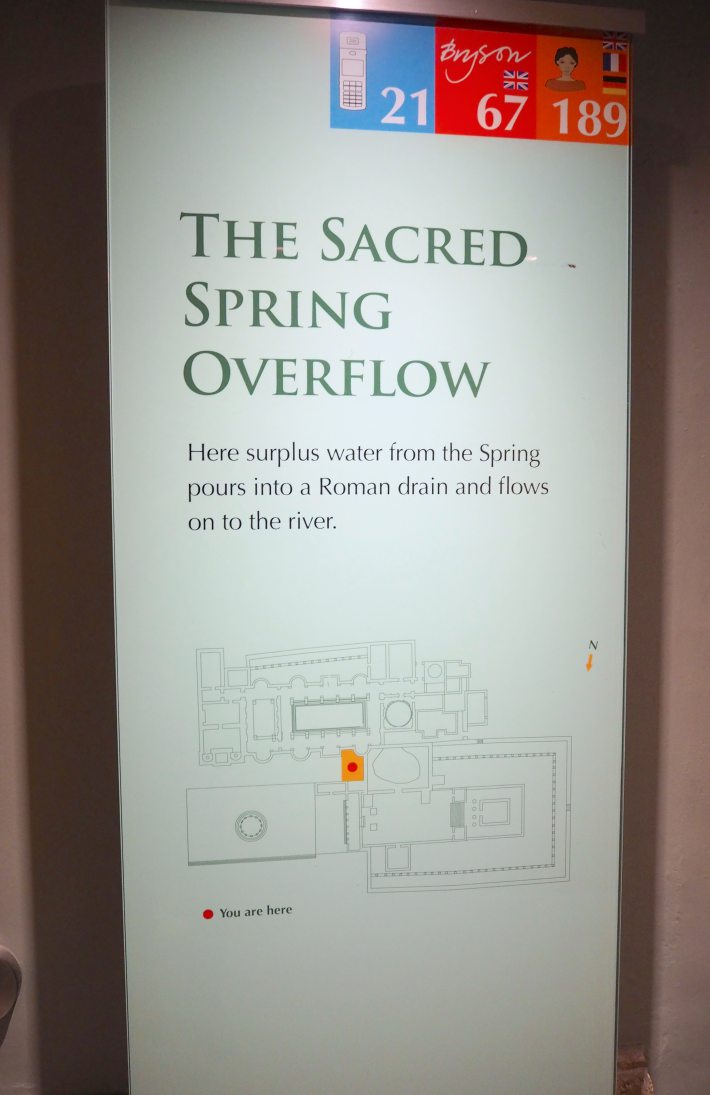
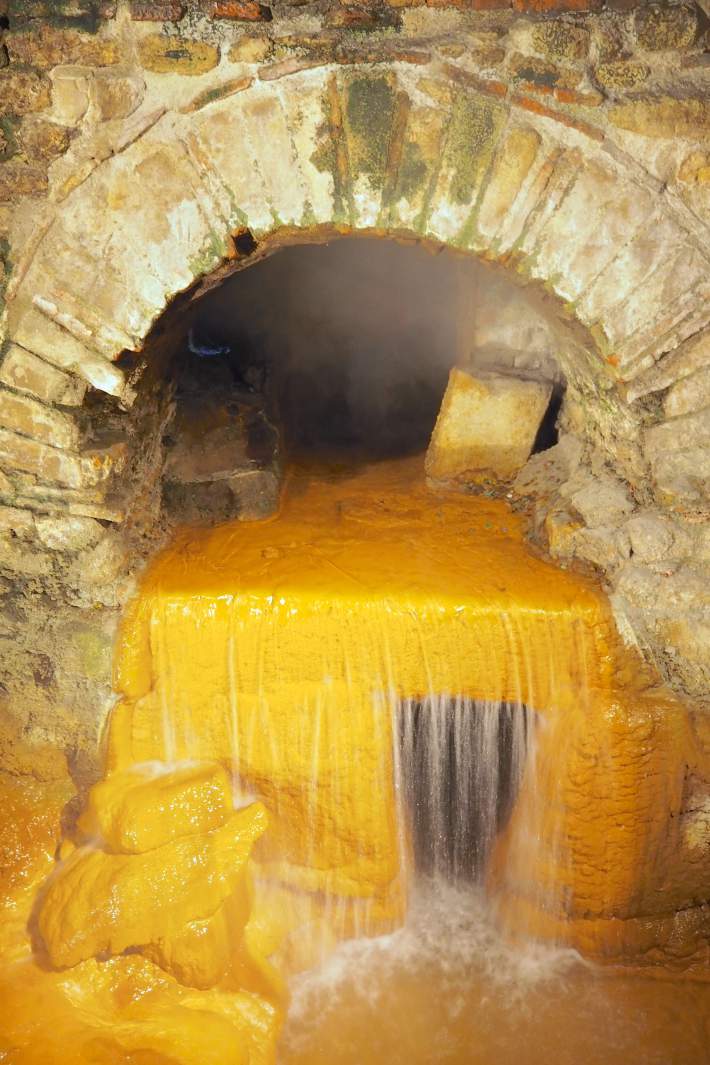
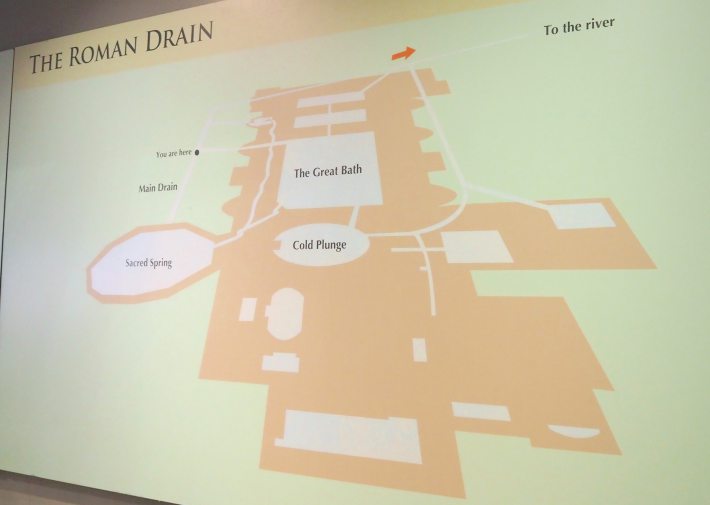
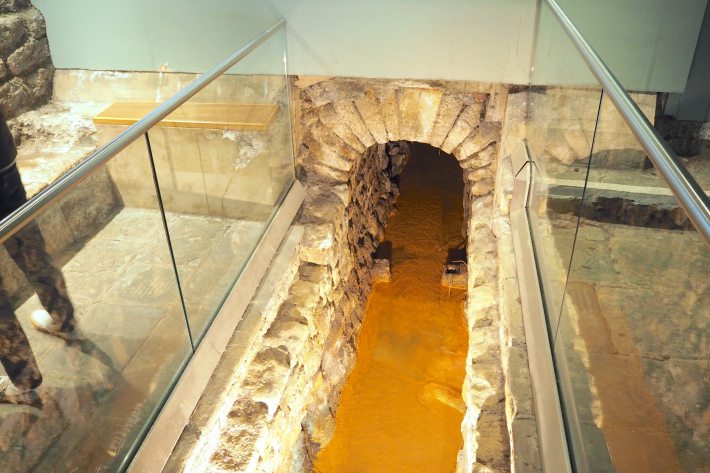
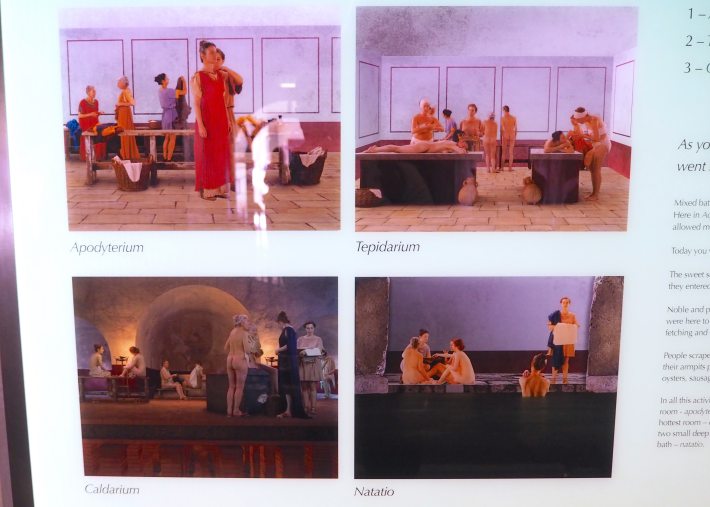
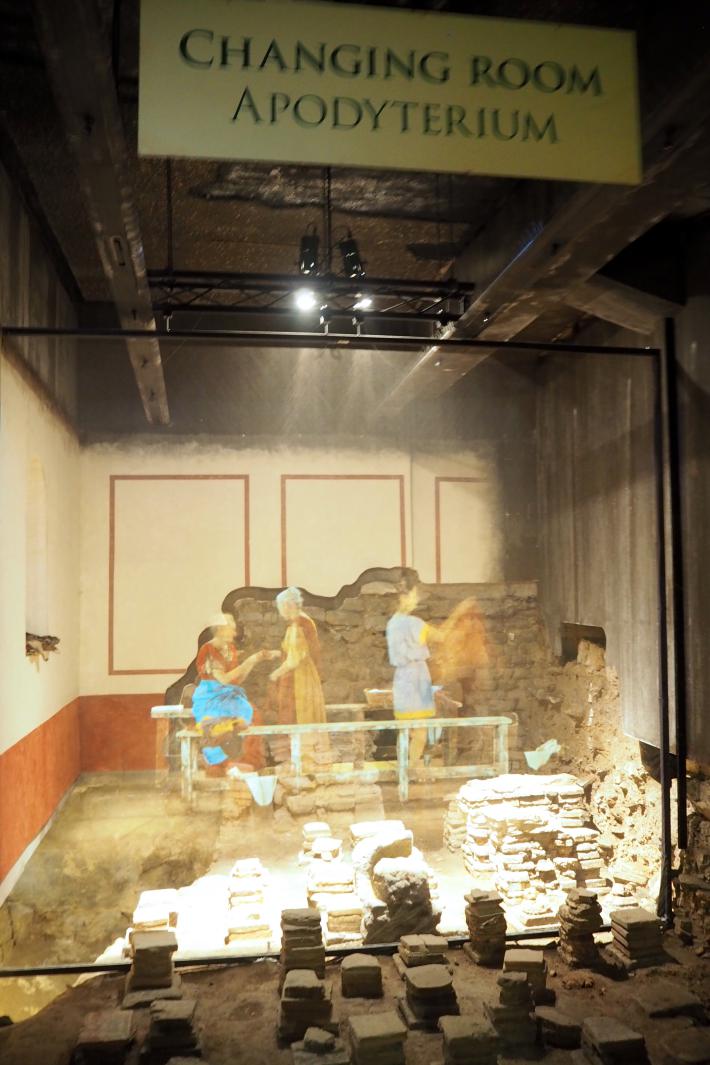
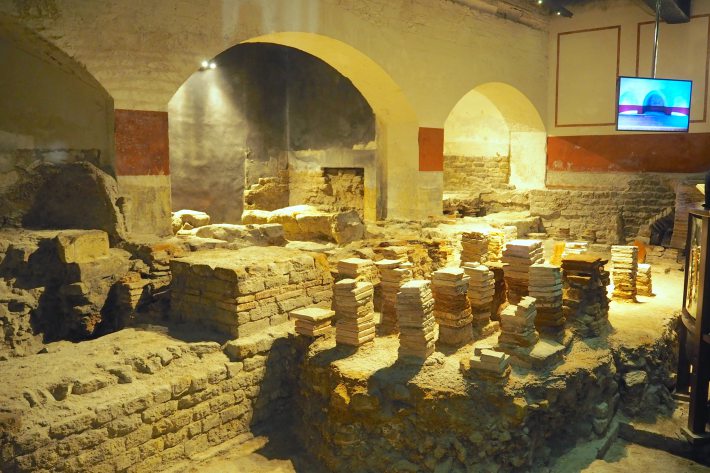
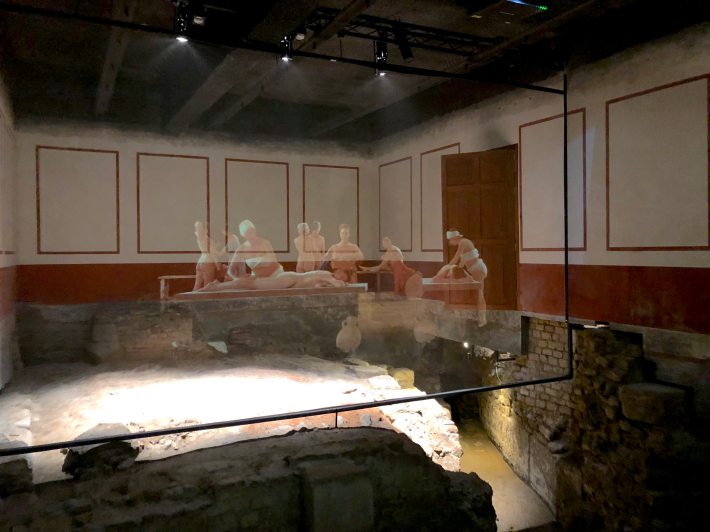
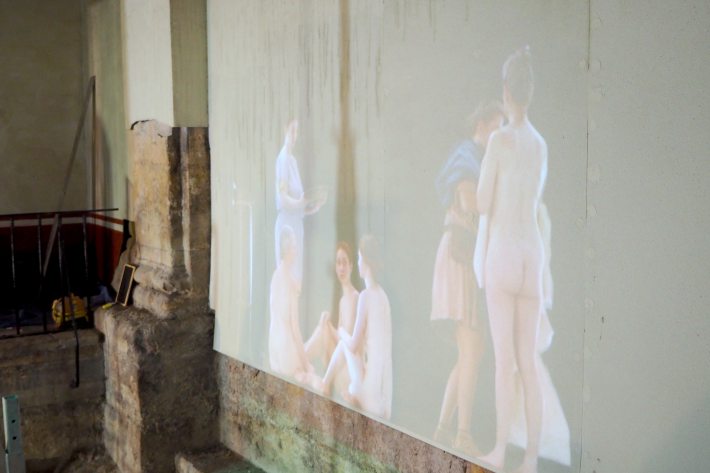
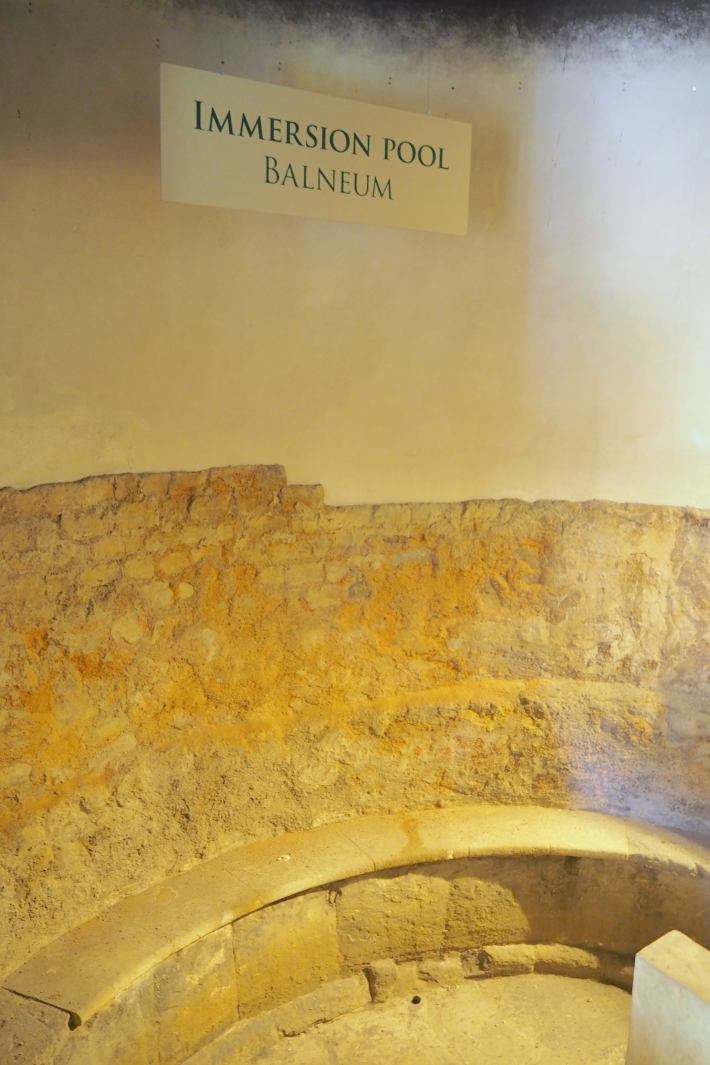
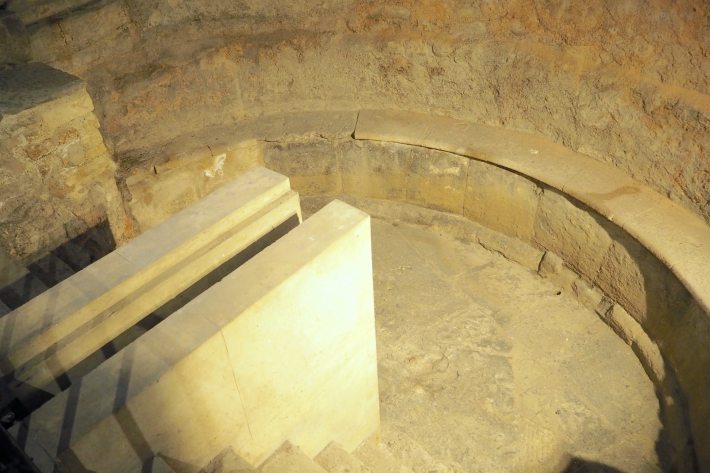
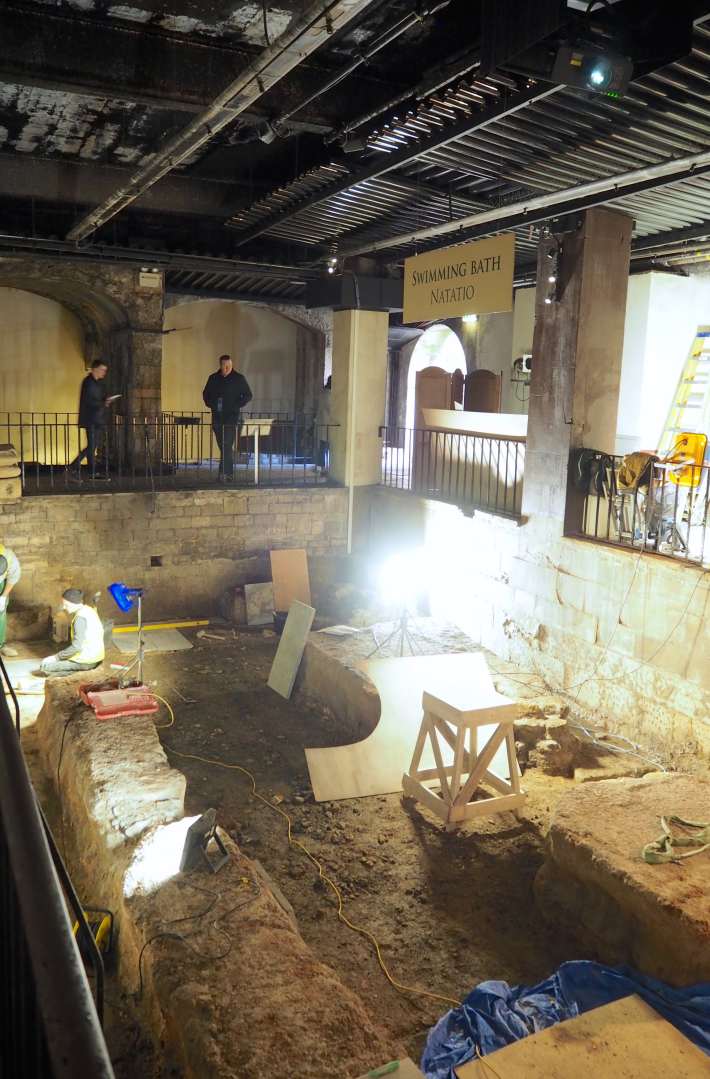
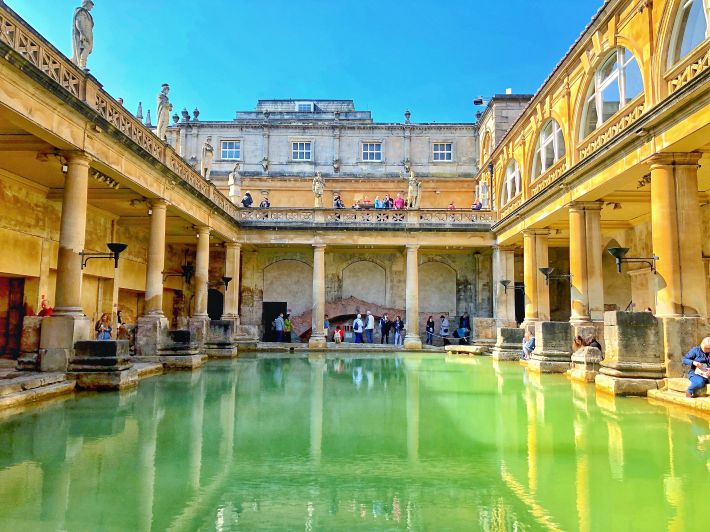
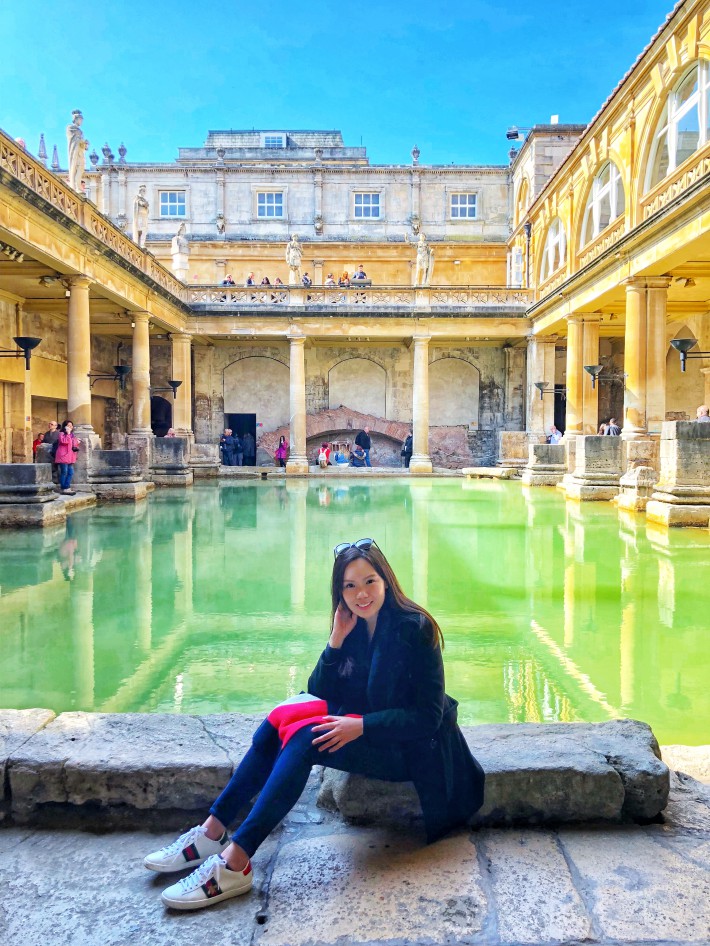
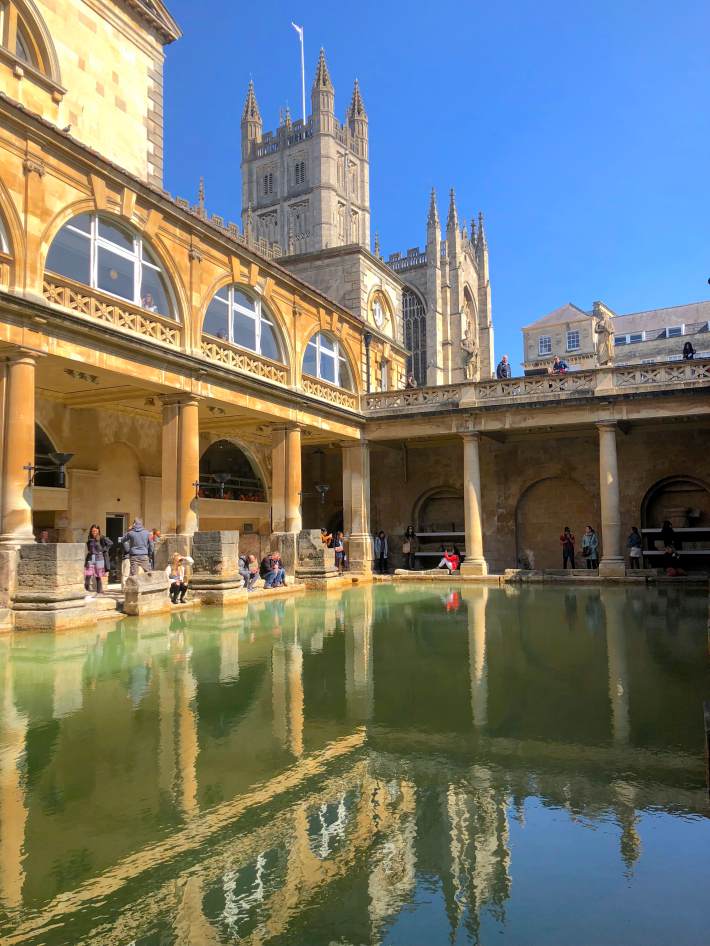
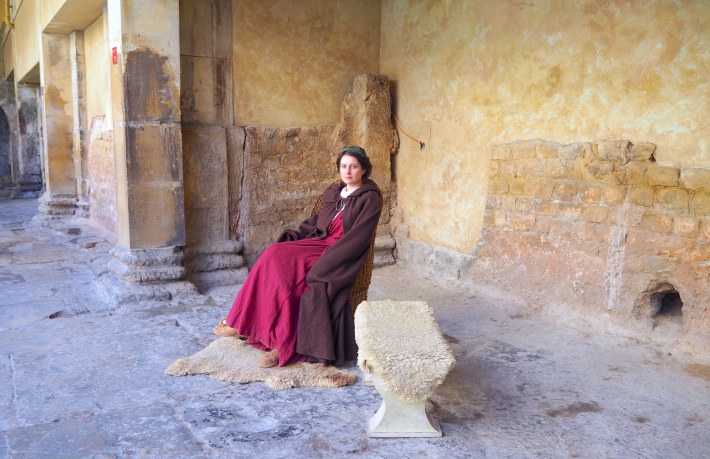
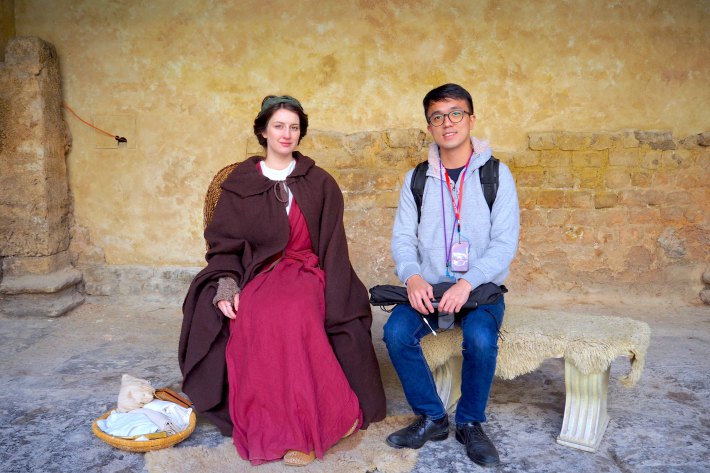
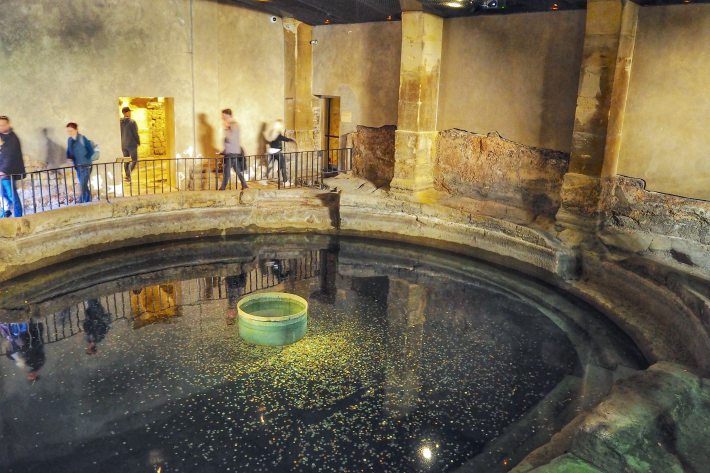
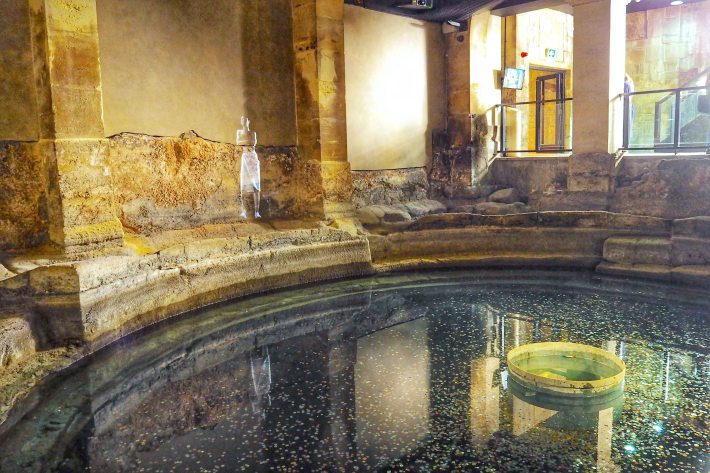
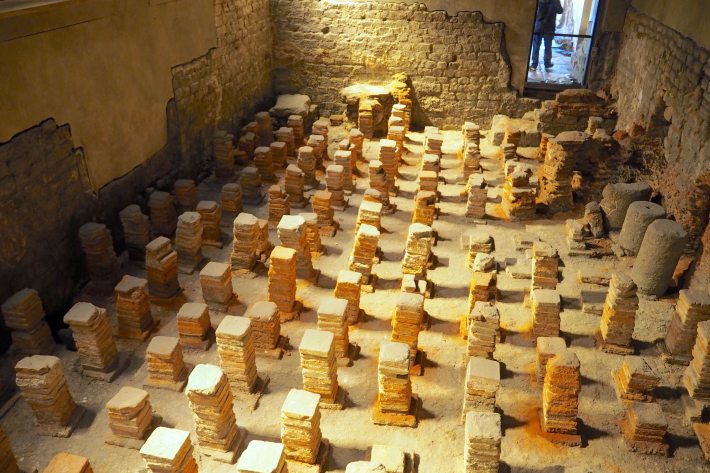
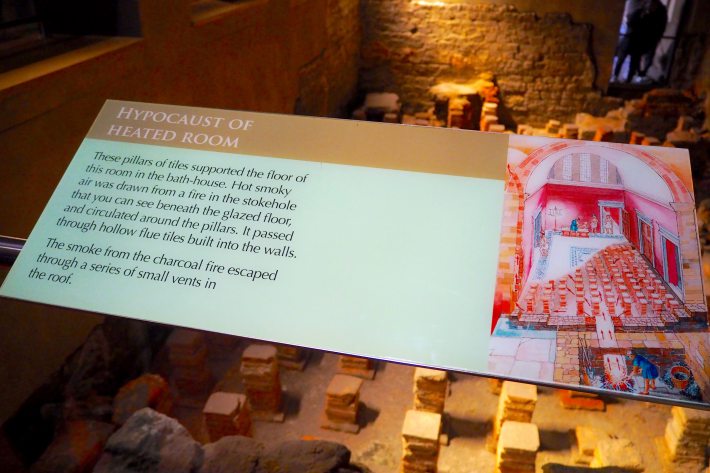
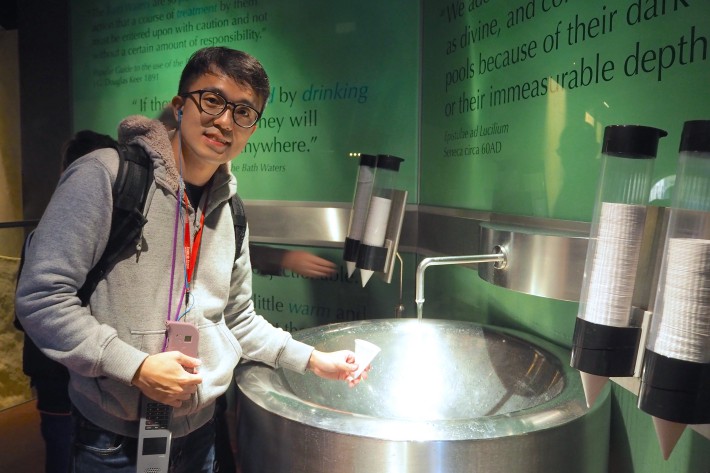
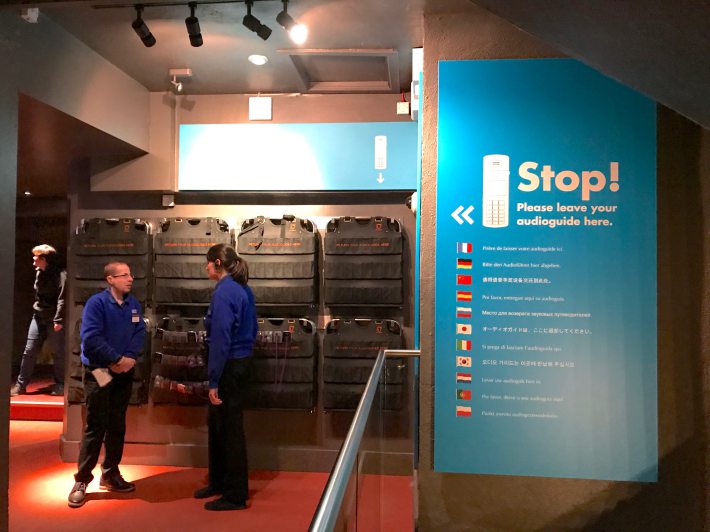
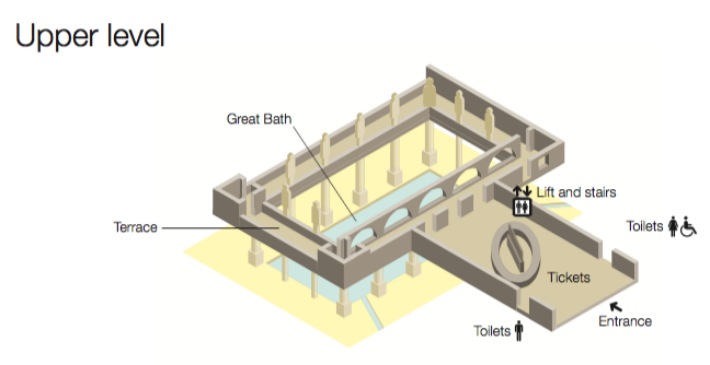
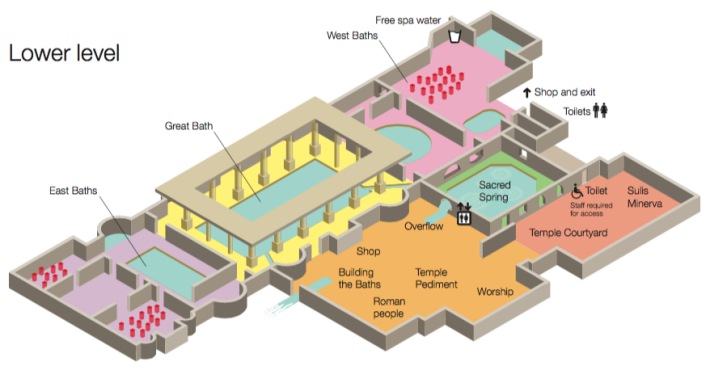

No comments yet